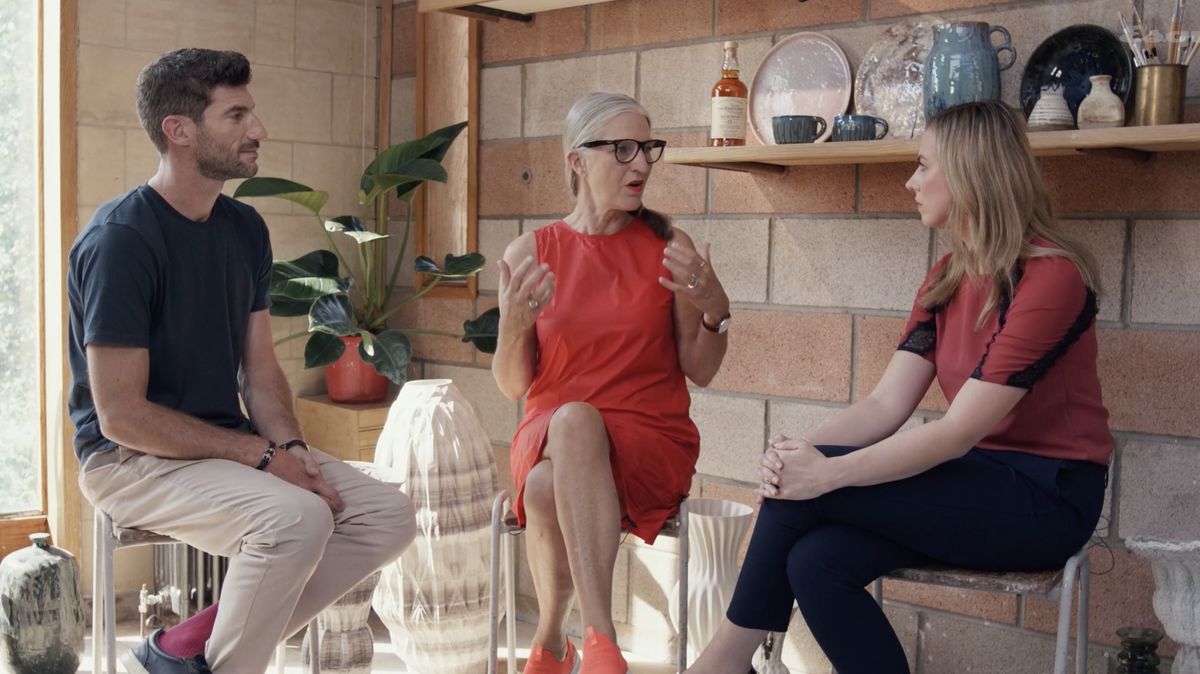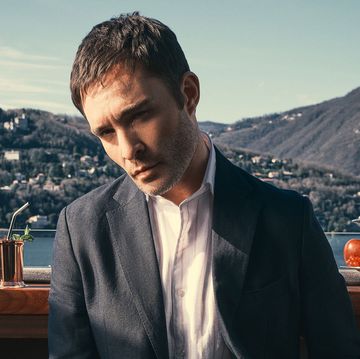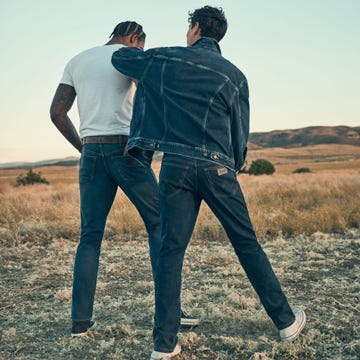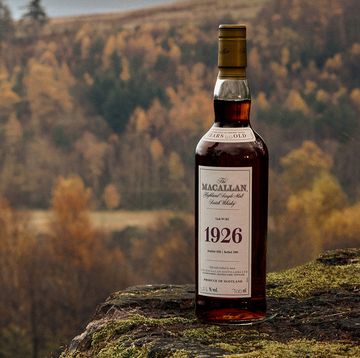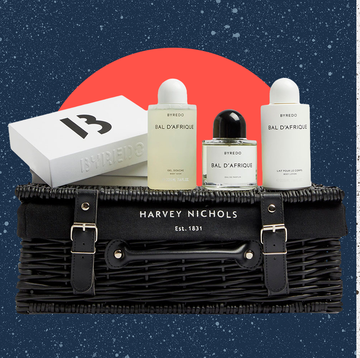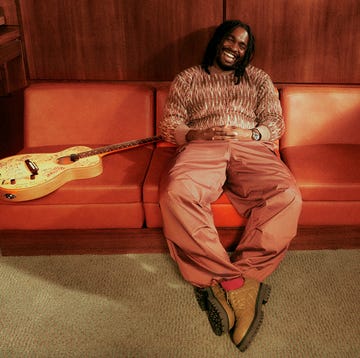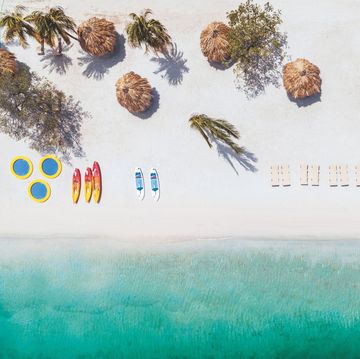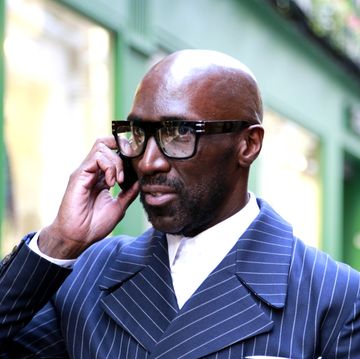Analogue Luxury
There’s an undercurrent of fear threaded through much of the discourse around artificial intelligence (AI) — the stomach-flipping kind that comes with any venture into the unknown. Read the headlines and the outlook seems bleak. In Hollywood, the entire film and TV industry came to a halt this summer over the very real practice of AI supplanting writers and actors. Elsewhere, in Colorado, there was outrage when an AI creation won a long-standing art competition in September. The man behind the machine, Jason M Allen, celebrated by proclaiming: “Art is dead, Dude. AI won. Humans lost.” It poses the question: in an increasingly AI-centric world, will traditional craft survive? Kelsey McKechnie, Malt Master at The Balvenie Single Malt Scotch Whisky, is confident it will.
“With the world ever-changing, I think craftsmanship is more pertinent than ever,” she says. “This ability to have handcrafted luxury, I think, really speaks to people about a slower pace of life. It shows what we can do with our hands, what we can do with our skills and experience. It’s really important for us that we continue that legacy.”
Ryan Barrett, a model and artist who was the 2017 winner of TV show The Great Pottery Throw Down, agrees. “I think the handmade is becoming more valuable,” he muses. Rather than seeing AI as competition, he considers it a potential ally. “I think it’s exciting how we can collaborate with these new technologies and push the boundaries of the medium we are working in... seeing what we can create that we couldn’t create before.”
Futurist and trend forecaster Anne Lise Kjaer also sees an opportunity for the technology to work with us, not against us. “There’s obviously the sort of dystopian outlook of AI, but then there’s also the utopian — the ‘what if?’” she says. Yes, AI may change the landscape but it can also spot patterns that the human eye can’t, collate ideas from thinkers around the world and visualise complex thought processes from a simple string of words. When used to assist creativity, rather than mimic it, it offers a “multidimensional, global brain” unlike anything we’ve known before, says Kjaer. “It’s really about understanding how we can tame that wild animal — then use it to our advantage.”
Meet the Experts
The AI Revolution
For Barrett, the pottery wheel offered a clue as to how AI could evolve his processes. “When the pottery wheel first came around, it was revolutionary,” he explains. “It infused the craft and made it more exciting, [because it meant] things could be made differently.” This new tool allowed ceramicists to explore their creativity more efficiently — something Barrett believes AI will do, in time, too. “We have to embrace it, and how we embrace it is up to us. We need to think about how we can use AI in terms of collaborating rather than competing,” he explains. “How do we adapt it into our creative process, while keeping true to the craft and not becoming too digitalised or straying too far from where we started?”
Perhaps Barrett is lucky in that his craft is based firmly in the physical. For those whose passion crosses over into the digital world, it’s far easier for AI to become a rival. The musician Drake has fallen victim, actor Tom Hanks too; the former’s voice being cloned for computer-generated tracks, the latter’s likeness replicated for advertisements without his consent. In September, news broke of the “biggest act of copyright theft in history”, the pirating of more than 180,000 books to train generative AI systems. Similar transgressions prompted a group of artists to file a lawsuit against several imagery-generator tools in the US earlier this year, alleging they had created unlawful derivatives of their works. These incidents highlight that AI can only work in a pseudo-creative way by ingesting original works and reassembling them. But, in this sense, might there also be a way for it to bolster creativity?
The Debate Unfolds
Both Barrett and Kjaer think so, believing AI can be used to take on the more mundane tasks, to allow the maker more time for creative thinking. However, Barrett says it’s vital that AI is used “in a way where it’s complementing rather than taking over the process”. It was also immediately clear to them that AI wouldn’t play a part in the actual manifestation of their artwork — creating a one-off piece of pottery is too reliant on physicality, something that AI just cannot replicate.
Once you realise this, you begin to see how craft can thrive in an AI world. From the industrial revolution to the information age, history has taught us the endurance of that which is handcrafted. A hand-thrown vase is more coveted than a mass-produced one, just as an oil painting is more valuable than a poster print. People are naturally drawn to items where the human touch is evident. For McKechnie, this is why the value of craft will only increase as time goes on.
Never Not Crafted
“We learn from our past and continue to innovate in the future through those same skills that have allowed us to create this product, which is so highly regarded throughout the world. The idea of looking back to look forward — that’s definitely how we operate,” explains McKechnie. “When we make whisky, nothing happens overnight. It’s years in the pipeline.” Indeed, there are single malts at The Balvenie older than McKechnie herself, with some bottles aged for as long as 60 years. “We want to create something for the future, [and we’re working with] such a long lead time that we don’t know what will be a trend in the future. So we actively don’t follow trends — instead, we do things at our own pace.”
The Process: From Inspiration
To Co-Creation
To prepare for their challenge, Kjaer and Barrett spent time at The Balvenie Distillery. Barrett says he found inspiration in the slow pace there, drawing parallels with his own way of working: “It was a massive journey from start to finish. The aromas, the visual references were so inspiring. And being able to taste the end product, it just brought it all together and was magical. I wanted the piece to represent that journey for me as an artist.”
Barrett took photographs of the colours, textures and elements of the distillery that captured this feeling. Kjaer and her team fed these into an AI model, along with other pre-selected images, to create exploratory visualisations and videos. These AI creations helped Barrett to connect certain dots, to digest his inspirations in new and unexpected ways.
It sped up the artistic process, he says, but both he and Kjaer are keen to stress that AI has limits. It isn’t capable of original thought or creating physical objects. “It will never be the thing that does it all for you. We still need that human interaction with the process,” Kjaer says. Even collating those initial visualisations took time and consideration — there was a process of sampling, of “careful selection” and refinement.
The Finished Piece
The finished piece is testament to the power of handcraft and human ingenuity. Its form is a tribute to the casks at The Balvenie Distillery, which are rebuilt and repaired by its coopers to infuse its Single Malt Whisky with unique character, and are pivotal to the creation of flavour in every expression of The Balvenie. It speaks to the importance of those skills that are passed through generations — ones reliant on intuition, which AI can’t compete with. “We pride ourselves on a hands-on approach, passing skills down through generations by showing another individual how they’re carried out,” explains McKechnie. “There’s this human element in everything that we do, where we want to be the master of our own craft.”
The thought of AI and craft co-existing, and even co-creating in this new paradigm, is an intoxicating one. But, as Kjaer concludes: “When the winds of change blow, you can build a wall or you can harness that change.” Used correctly, AI could work hand in hand with human creativity to make something new. And yet, there’s a reason certain methods of craft have survived the tests of time. As the world increasingly automates, it stands to reason that the handmade will only become more valued — and those who’ve dedicated their lives to mastering their craft can continue to stand proudly in their infallible humanity.
To discover more about The Balvenie, visit uk.thebalvenie.com. Handcrafted to be enjoyed responsibly. www.bedrinkaware.co.uk

